Copyright 2014 by Amy Fazio All rights reserved. No part of this book may be reproduced in any manner without the express written consent of the publisher, except in the case of brief excerpts in critical reviews or articles. All inquiries should be addressed to Skyhorse Publishing, 307 West 36th Street, 11th Floor, New York, NY 10018. Skyhorse Publishing books may be purchased in bulk at special discounts for sales promotion, corporate gifts, fund-raising, or educational purposes. Special editions can also be created to specifications. For details, contact the Special Sales Department, Skyhorse Publishing, 307 West 36th Street, 11th Floor, New York, NY 10018 or .
Skyhorse and Skyhorse Publishing are registered trademarks of Skyhorse Publishing, Inc., a Delaware corporation. Visit our website at www.skyhorsepublishing.com. 10 9 8 7 6 5 4 3 2 1 Library of Congress Cataloging-in-Publication Data is available on file. Cover photo credit: Amy Fazio Print ISBN: 978-1-62914-693-5 Ebook ISBN: 978-1-62914-923-3 Printed in the United States of America  CONTENTS
CONTENTS 



 INTRODUCTION: A MUFFIN PAN? Really? You cook everything in your muffin pan? Like what? These are questions I heard a lot when I first started blogging in 2010. I was fascinated by the versatility of the muffin pan, how everything cooked in it held a unique shape and by the idea that I could make all my food portable. When I started my blog I was new to San Diego, unemployed, and had lots of time on my hands to browse the internet and create recipes to try out on unsuspecting neighbors and new friends.
INTRODUCTION: A MUFFIN PAN? Really? You cook everything in your muffin pan? Like what? These are questions I heard a lot when I first started blogging in 2010. I was fascinated by the versatility of the muffin pan, how everything cooked in it held a unique shape and by the idea that I could make all my food portable. When I started my blog I was new to San Diego, unemployed, and had lots of time on my hands to browse the internet and create recipes to try out on unsuspecting neighbors and new friends.
At this point the muffin pan had not caught on in the food scene quite yet, not like Brussels sprouts or biscoff cookies had. I continued to blog and research ways to cook in the muffin pan. The more exploring and writing I did, the more I heard people say Oh, my family always uses the muffin pan to make meatloaf/cornbread/appetizers. The muffin pan was starting to gain popularity. I listened to suggestions from family members and friends on what they thought would make a great dish made in the muffin pan, plus some tried and true recipes they wanted to share. Almost two years passed, I landed a teaching job, met a wonderful community of bloggers in San Diego, and began to hear people around me say I saw a recipe online for a muffin pan cookie/egg nest/lasagna.
Do you make those? And that was, coincidentally, right around the time I stopped blogging. My muffin pan had become vogue, like kale and cookie butter. I could not keep up with the demand of (finally) having a full time job and creating new recipes when so many talented people were trying the muffin pan out for themselves. I decided to give my muffin pan a rest. Fast forward to the end of 2013. I was sitting in my classroom getting ready for my day when I received a text from a friend of mine that read Hey Amy, would you be interested in writing a cookbook using the muffin pan? Me? A cookbook? You know I work fulltime, right? I dont blog anymore, who would listen to me? Wait, is this a joke? These were just some of the many questions that I was now asking.
I told my friend I would need time to think about it but asked him to send me all the details. A cookbook... could I really do this? After I had tossed around all the possibilities of this daunting project in my head, over-thought every detail, calculated a budget, and booked a month long trip to Africa, I did what I always do when faced with a major life decisionI called my mama. And as the brilliant, caring woman that she is, she said without hesitation, Of course you should write a cookbook. Youll be great. Just say yes.
And that is how, my dearest reader, we are here today. There were tears and triumphs, late nights and early mornings, full fridges and the occasional ice cream dinners, but I am so proud to say Ive made it here. I truly hope you enjoy using this cookbook as much as I have enjoyed writing it. And remember: Just say yes, theres muffin to it! ESSENTIALS: TOOLS OF THE TRADE MUFFIN PANS In this cookbook the most important tool is, of course, the muffin pan. I use three different sizes: Mini Muffin Pan, Standard Muffin Pan, and the Jumbo Muffin Pan. I wanted to keep things simple.
If you have different shaped pans such as loaf pans, tart pans, or heart-shaped pans, for example, use those. If you only have the standard pan, bake with that. I am a fan of using whatever you have on hand. Keep in mind some recipes may need some adjusting based on the shape of the pan. Bacon cups in a heart shaped pan would take a lot of work. (But if you pull it off, I want to see pictures!) Mini Muffin Pan This pan is primarily used for making appetizers or very small bites.
With 12 or 24 wells per pan, this muffin pan is perfect for making many treats at once. Several of the recipes in this book can be adjusted to fit in the mini muffin pan. Standard Muffin Pan Often referred to as a regular pan or basic pan, this muffin pan comes with either 6 or 12 wells. Each well or cup holds a little more than cup. This pan is the most versatile and widely used. The majority of the recipes in this book are made with this size pan.
Jumbo Muffin Pan This pan is sometimes called a Texas muffin pan or large muffin pan. It is mainly used for making Texas sized muffins. In this book, it is most often used when making main dishes or edible bowls. Each Jumbo Muffin Pan normally has 6 large wells. Silicone Several recipes in this book call for a silicone pan. The advantage of silicone over the metal pans is their flexibility, which allows for easy removal.
When I am making anything with chocolate or freezing a dish, silicone is my first choice. WRAPPERS AND BINDERS Wrappers are edible containers that line the wells of the muffin pan. They help ensure the smooth removal of the food while also playing an important role in the flavor of the dish. Wrappers can be placed open in the wells of the muffin pan, creating a cup or folded in, encasing the filling. If you flip the muffin pan over, wrappers can also be placed around the bottoms of the wells, creating edible dishes to hold delicious ingredients. Wrappers are not only impressive looking but functional as well.
Here is a list of my favorite and most used wrappers: Bacon/Prosciutto (Because I believe everything should be wrapped in bacon) Puff Pastry Phyllo Biscuit Dough Croissant Dough Pizza Dough Empanada Dough Pie Crust Wonton/Egg Roll Wrappers Tortillas Waffles Noodles Bread Root Vegetables (Thinly sliced and overlapped) Binders are generally used when the dish has no wrapper. The most common binder used is egg. Eggs allow the dish to hold its shape while also giving it a fluffy, light texture. Another common binder is potatoes, or more specifically, the starch in potatoes. When cooked, the potatoes release the starch, which allows the dish to firm up and be removed easily from the pan. Just make sure to spray your pans well when cooking with potatoes.

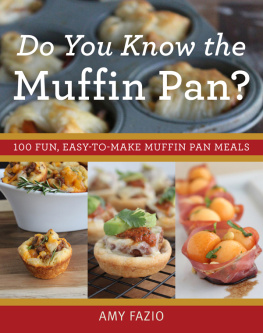
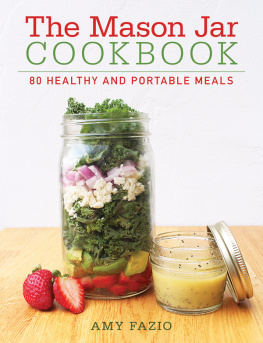
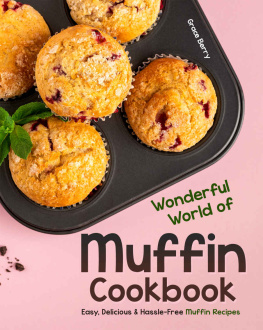
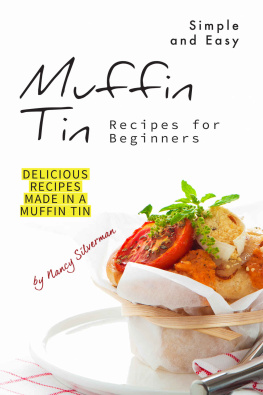
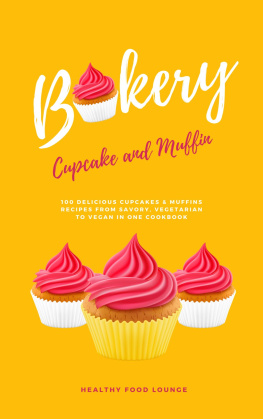
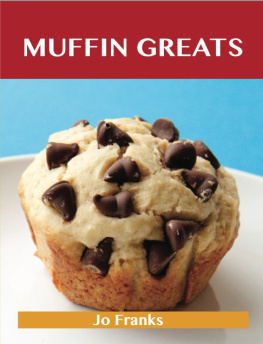

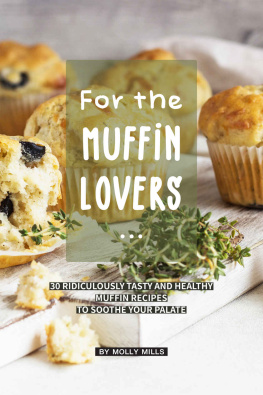

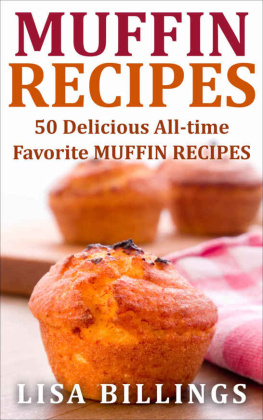


 CONTENTS
CONTENTS 



 INTRODUCTION: A MUFFIN PAN? Really? You cook everything in your muffin pan? Like what? These are questions I heard a lot when I first started blogging in 2010. I was fascinated by the versatility of the muffin pan, how everything cooked in it held a unique shape and by the idea that I could make all my food portable. When I started my blog I was new to San Diego, unemployed, and had lots of time on my hands to browse the internet and create recipes to try out on unsuspecting neighbors and new friends.
INTRODUCTION: A MUFFIN PAN? Really? You cook everything in your muffin pan? Like what? These are questions I heard a lot when I first started blogging in 2010. I was fascinated by the versatility of the muffin pan, how everything cooked in it held a unique shape and by the idea that I could make all my food portable. When I started my blog I was new to San Diego, unemployed, and had lots of time on my hands to browse the internet and create recipes to try out on unsuspecting neighbors and new friends.